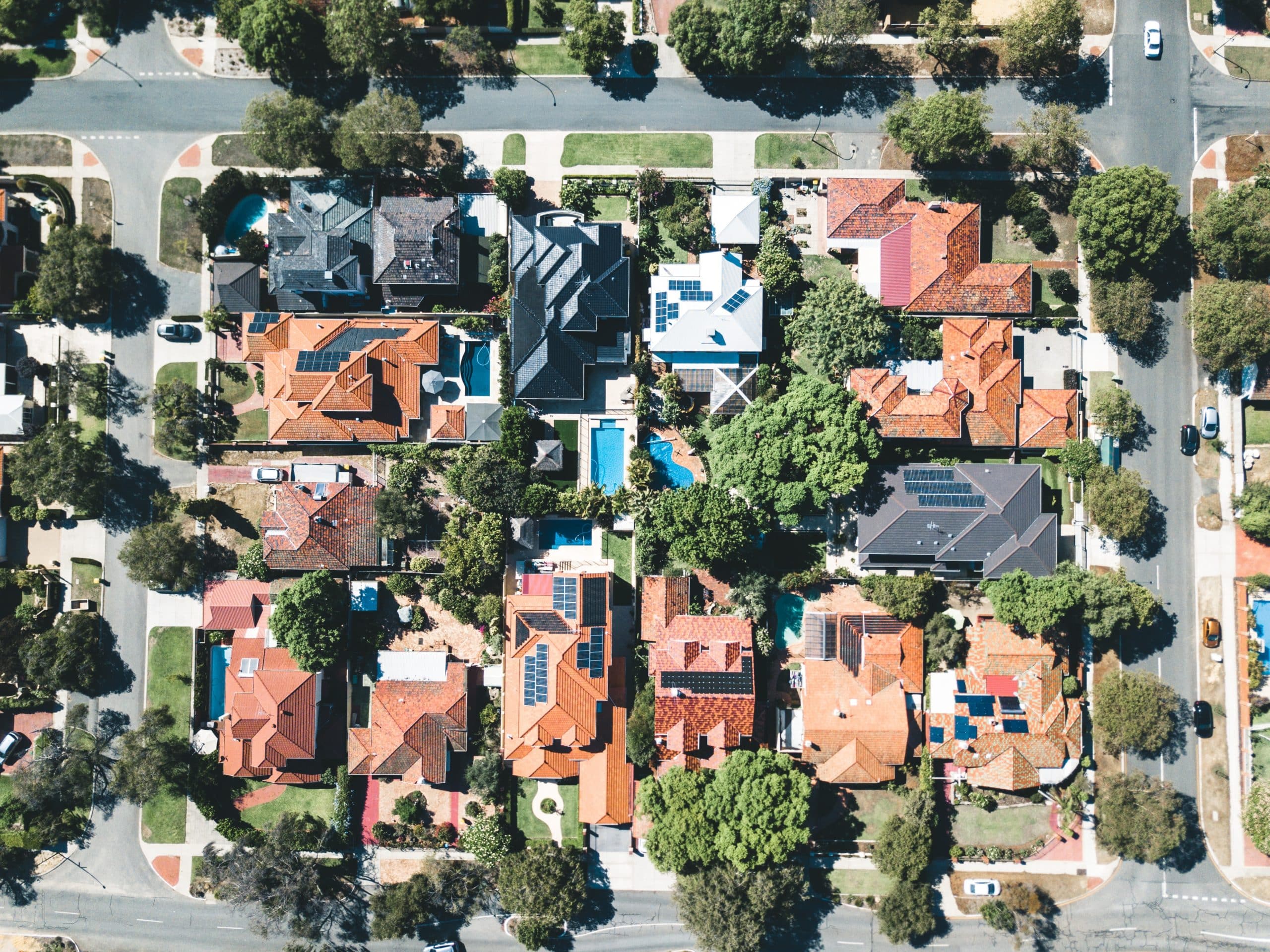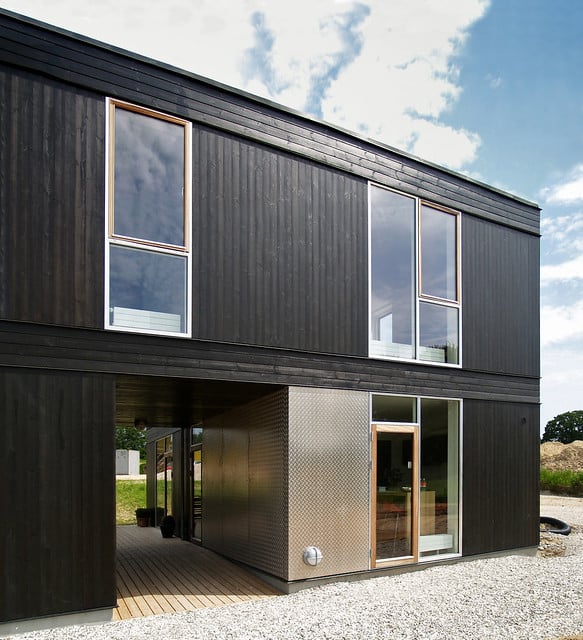
5 Biodegradable Construction Materials for Homeowners

Green construction is soaring in popularity as more homeowners, and homeowners-to-be, turn to eco-conscious alternatives when designing their new homes. If you’re planning on building your first home, here are five biodegradable construction materials that can help you create an eco-friendly, energy-efficient dwelling you’ll be proud to call yours.
1. Grasscrete
Traditional concrete is the go-to when it comes to construction. However, it isn’t the most eco-friendly option, and it’s not biodegradable. It also prevents stormwater from absorbing into the ground, leading to floods in concrete-heavy areas. Instead, grasscrete involves laying concrete in an open pattern so as to allow improved drainage while using less cement overall. This style of laying concrete helps to create more sustainable urban drainage which could prevent events like the devastating floods that struck Houston and the surrounding area during Hurricane Harvey in 2017.
2. Mycelium
Most of us think of mushrooms as those pests we need to kick over in our yard after a rainstorm. But as they grow, they create an elaborate fabric of interwoven fibers in their root system that is surprisingly strong once dried and will decompose once it’s no longer needed, returning to the natural carbon cycle. Mycelium can be shaped into nearly anything, from bricks to walls and foundations and everything in between, and you’ll never have to worry about whether your building materials will be recyclable.
3. Wooden Shingles
Most shingles are made from asphalt, but this material isn’t eco-friendly or biodegradable. Asphalt shingles end up in landfills, where they will sit for decades and leak harmful chemicals into the surrounding ground. Instead, wooden shingles are gaining popularity because they’re better for the environment, less susceptible to hail, high winds and other hazards, and can even reduce energy costs by up to 30 percent. Wooden shingles biodegrade since their primary ingredient is sustainably harvested wood.
4. Bamboo
Hardwood flooring can make your home look amazing, but it’s not sustainable. Its wood is harvested from old-growth trees that take decades or centuries to reach maturity. Bamboo, on the other hand, is ready in a fraction of the time. Depending on the species of bamboo, it can be harvested in as little as six years. Additionally, if you later decide bamboo flooring doesn’t match your aesthetic, the material is biodegradable. You could theoretically pull up the bamboo panels and toss them into your compost pile, depending on what they’re treated with. Hardwood is also biodegradable but isn’t as sustainable as bamboo and other similar woods.
5. Bioplastics
Plastics are nearly all recyclable, but most of them are not recycled — leading to millions of tons making their way into oceans and landfills every year. Plastic will break down eventually, but it can take decades. Bioplastics, made from soybeans, can start to take their place. Bioplastics break down much faster — about as quickly as paper. While it’s currently only being used in packaging, it won’t be long until we replace traditional petroleum-based plastics in our homes with biodegradable alternatives.
Going Green for Home Construction
The push toward a more sustainable future won’t stop people from building new homes. It’ll just shift their priorities a bit as they move away from traditional materials and prioritize sustainable alternatives. Instead of blocking stormwater drainage with concrete, you can lay down grasscrete and create a new aesthetic while encouraging natural drainage. Wooden shingles can replace asphalt ones, and bioplastics will eventually replace petroleum-based plastic materials.
The industry will need to change to keep up with homeowners concerned about their carbon footprint and their impact on the environment. These biodegradable building materials are just a small selection of the new supplies that are emerging and changing the market in their wake.



Andrew Cigna
All these 5 materials are very useful for building construction.